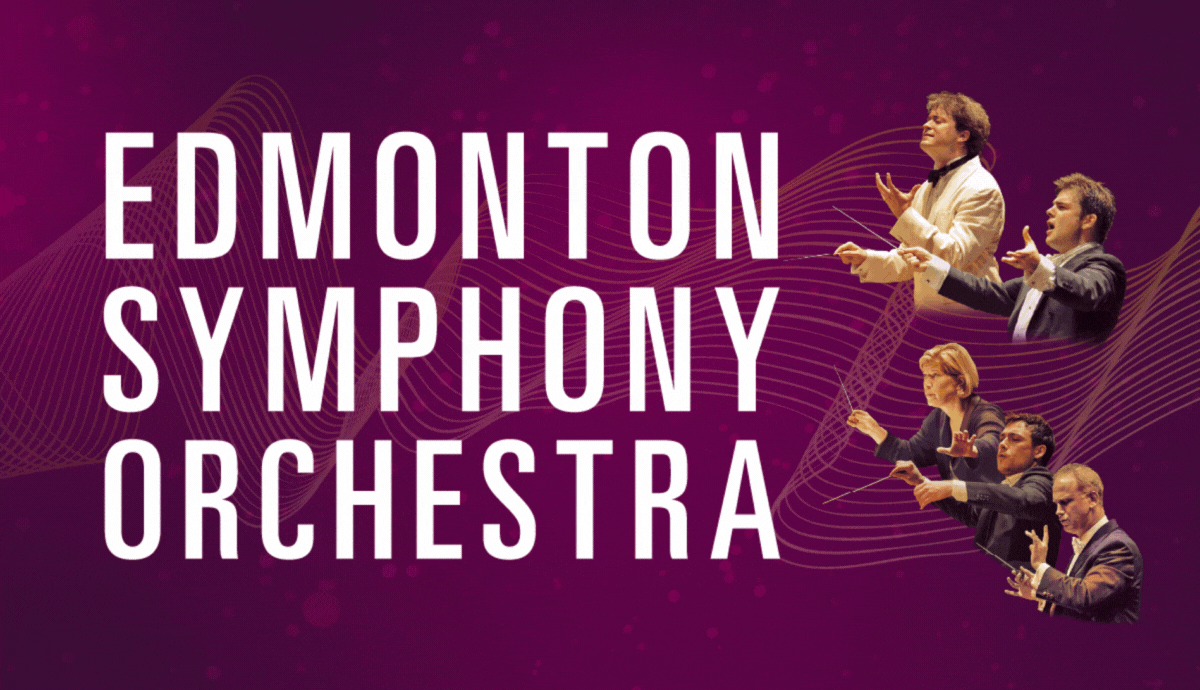Exploring the Unique Challenges of Uniting Organ and Orchestra
March 7, 2024

By D.T. Baker
During the time I worked for the Edmonton Symphony Orchestra and Winspear Centre, one of the questions I heard the most, following the installation of the Davis Concert Organ (which premiered in September 2002), was “Why don’t you play more works that feature the organ?”
A more than reasonable question. We’ve got this fabulous instrument, and an amazing orchestra – who wouldn’t want to hear them together? It seems so obvious, until you begin to dig into the unique challenges of uniting organ and orchestra.
“There are basically two orchestras involved; the symphonic one and the organ,” is how Esa-Pekka Salonen stated the task in an interview with Adventures in Music last year. The veteran Finnish musician has had a celebrated career as a conductor and has recently stepped up his work as a composer – including his first-ever work for organ and orchestra. He goes on to say, “And the (organ) is capable to do anything the (orchestra) does, and even more. Thus, I needed to find the key to unlock the redundancy problem. Having two orchestras overlap would have been to no avail, whereas keeping them separated would have been unsatisfactory, because I was dealing with a concertante piece after all. Once I got the setup figured out, I became interested in devising these subtle transitions between the two.”
Most works for solo instrument and orchestra are ones for which balance is always a problem, as the orchestra could easily swallow most solo instruments alive. But the organ, as Salonen notes, is virtually an orchestra unto itself, so the challenge becomes one of a dialog of equals – when to let each take the field, and how to delicately unite two titanic musical forces so that, when playing together, each can be heard. It’s not easy.
The Edmonton Symphony Orchestra presents two such works at its ESO Classics concerts April 4, 5 & 6. One is, in my opinion, one of the most successful combinations of organ and orchestra ever written: the Organ Symphony No. 1 by Alexandre Guilmant (1837-1911), first performed in 1874 (12 years before fellow French composer Camille Saint-Saëns would unveil his famous “Organ” Symphony). French organ master Marcel Dupré said of Guilmant, “Guilmant was a great, a very great organist who won honour for France abroad.” The ESO has made his Organ Symphony No. 1 a bit of a party chart in the past few seasons, having logged four performances of the work since presenting it in September 2014.
The music of composer-conductor Samy Moussa was introduced to ESO audiences almost a year ago, at a concert the Canadian-American musician himself conducted. His 2014 work A Globe Itself Infolding was written to mark the unveiling of the Pierre-Béique Grand Organ at Montréal’s Maison symphonique. Jean-Willy Kunz, the organist who premiered Moussa’s work, will be the organ soloist for this ESO Classics concert.
Like the Moussa work, Allan Gilliland’s Always Be True was written for the unveiling of a new organ. Back in 2002, Dr. Gilliland was Composer in Residence for the ESO, so naturally he was asked to write a work combining the then-new Davis Concert Organ with orchestra. Gilliland, now Dean and Professor of Fine Arts at MacEwan University, was asked what makes writing for organ so complicated.
“There are a few instruments that strike terror into the hearts of composers. For me, they are Harp, Accordion (button), and Organ,” he confesses. “I have written concertos for harp and accordion and wrote Always Be True, a piece commissioned by the ESO to celebrate the installation of the Davis Concert Organ.
“Why is it a tricky instrument to write for?” Gilliland continues. “Well, there are those pedals! Instead of thinking about a keyboard instrument played by two hands, you must add two feet to your options. Tone on an organ is also very complex and can take a lifetime to master. One note can trigger multiple pipes and octaves and must always be considered. Finally, like the harpsichord, the organ cannot crescendo and decrescendo like a piano. How hard you strike a key does not affect the volume. Instead, you must consider registration and the swell pedal to get louder and softer. That being said, there is no grander instrument to write for, and in the right place and time, there is no sound like it!”
Joining these two magical works uniting two titans of music – orchestra and organ – will be two colourful and well-loved works. The entire concert will be conducted by young British conductor Kerem Hasan. György Ligeti wrote his Concert Românesc based on traditional music from the region of Romania in which he grew up. And Beethoven’s transcendently rhythmic and powerful Seventh Symphony, called by Wagner “the apotheosis of the dance,” features some of the composer’s liveliest and most captivating music.



